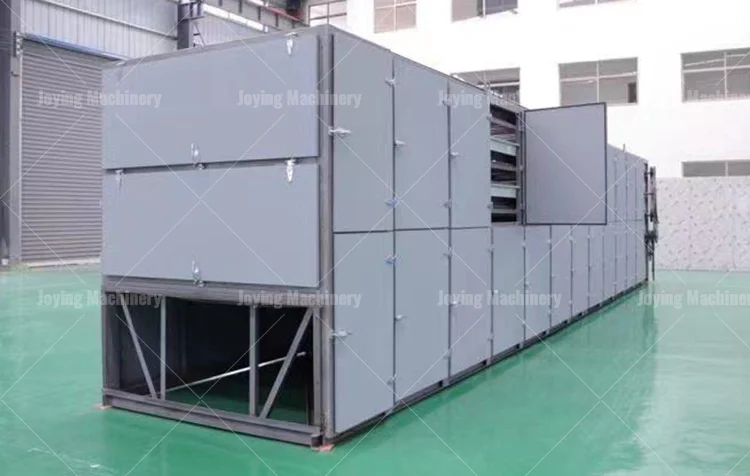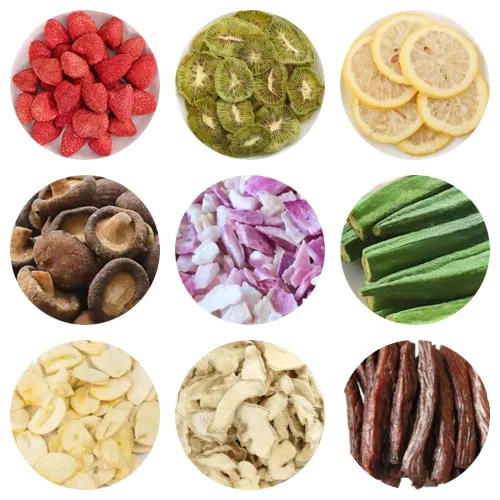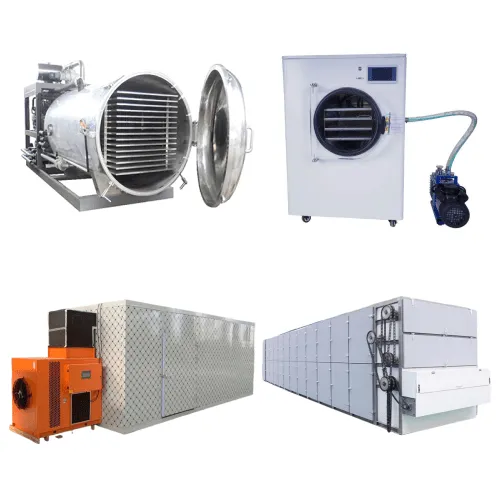
Belt dryers, especially multi-layer commercial ones, are versatile machines designed to handle a wide range of materials. But not all materials are created equal when it comes to drying efficiency. If you're wondering what types of materials work best with belt dryers, you're in the right place. Let’s dive into the specifics and explore how these machines can be a game-changer for your drying needs.
Belt dryers are ideal for drying materials that require consistent heat and airflow, such as fruits, vegetables, herbs, and certain industrial products. Their multi-layer design ensures efficient use of space and energy, making them a cost-effective solution for large-scale drying operations.
Curious to know which materials can benefit the most from belt dryers? Keep reading to discover the best candidates and why they thrive in this drying environment.
What Makes Belt Dryers Unique?
Belt dryers stand out because of their ability to handle large volumes of materials while maintaining consistent drying conditions. The multi-layer design allows for continuous processing, which is perfect for industries that need to dry materials quickly and efficiently.
The key advantage of belt dryers is their ability to provide uniform heat distribution and airflow, ensuring that materials dry evenly without overheating or under-drying. This makes them suitable for heat-sensitive products that require precise temperature control.
Imagine a conveyor belt system where materials move through different layers, each with its own controlled environment. This setup not only saves space but also reduces energy consumption, making it a sustainable choice for businesses.
Which Materials Work Best with Belt Dryers?
Fruits and Vegetables
Fruits and vegetables are among the most common materials dried using belt dryers. Their high moisture content makes them ideal candidates for this type of drying.
Belt dryers excel at preserving the nutritional value, color, and flavor of fruits and vegetables. The controlled drying process ensures that the final product retains its quality, making it perfect for snacks, ingredients, or further processing.
For example, apples, bananas, and tomatoes are often dried using belt dryers. The even heat distribution prevents scorching, while the multi-layer design allows for large batches to be processed simultaneously. This is especially useful for farmers or food processing factories that need to handle seasonal produce quickly.
Herbs and Spices
Herbs and spices are delicate materials that require careful handling during the drying process. Belt dryers provide the gentle yet efficient drying needed to preserve their essential oils and flavors.
The low-temperature drying capability of belt dryers ensures that herbs like basil, mint, and oregano retain their aroma and potency. This makes them a favorite among spice producers and herbal product manufacturers.
I’ve seen firsthand how belt dryers can transform fresh herbs into high-quality dried products. The process is so efficient that even small-scale farmers can benefit from investing in this technology.
Industrial and Agricultural Byproducts
Beyond food, belt dryers are also used to dry industrial and agricultural byproducts. Materials like wood chips, sludge, and certain chemicals can be effectively dried using this method.
The ability to handle bulky and irregularly shaped materials makes belt dryers a versatile choice for industries beyond food processing. Their robust design ensures that even tough materials are dried efficiently.
For instance, wood chips used in biomass energy production often require drying to reduce moisture content. Belt dryers can handle this task with ease, making them a valuable asset for sustainable energy initiatives.
Why Choose Multi-Layer Belt Dryers?
Multi-layer belt dryers offer several advantages over single-layer systems. Their stacked design maximizes space utilization, making them ideal for facilities with limited floor space.
The multi-layer configuration allows for continuous drying, reducing downtime and increasing productivity. This is particularly beneficial for businesses that need to process large quantities of materials quickly.
I remember visiting a factory that switched from single-layer to multi-layer belt dryers. The difference in efficiency was astounding—they were able to double their output without increasing their energy costs. It’s a testament to how the right equipment can transform operations.
Conclusion
Belt dryers, especially multi-layer systems, are incredibly versatile machines that can handle a wide range of materials. From fruits and vegetables to herbs and industrial byproducts, these dryers offer efficient, consistent, and cost-effective drying solutions. If you’re looking to optimize your drying process, a belt dryer might just be the perfect fit for your needs.



